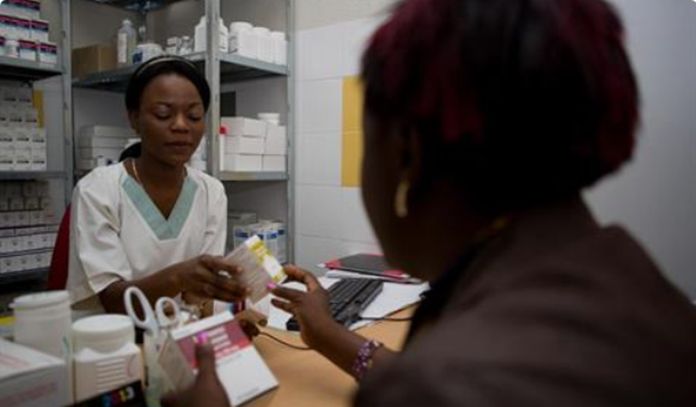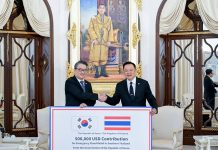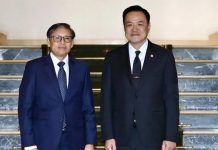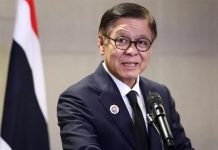
30 March 2020 – WHO’s new user guide for countries, ‘Selection of medicines at country level’, is based on the WHO Model List of Essential Medicines. It sets out the key actions that countries should undertake to develop and update their own national essential medicines lists based on the treatment needs of their populations and their capacity to reimburse payments for medicines.
The document also aims to support countries in progressing towards universal health coverage. Today, approximately half of the world’s population is unable to access essential medicines. The large majority of these people live in poorer countries, but rising prices of new medicines are also becoming a challenge for health systems in wealthy countries.
A careful selection of essential medicines is the first step in ensuring a population can obtain the quality-assured medicines it needs at an affordable price. Countries need to do more to ensure that all people and communities can access highly effective medicines. WHO’s new manual is a resource to do just that.
The document, intended for policy makers in charge of national medicines and reimbursement lists, aims to increase transparency on how essential medicines are selected. Most national lists of essential medicines have several differences when compared with WHO’s model list, which lists only medicines of proven safety and efficacy. Some national lists include medicines that bring little extra benefit to patients. Decision-makers should refer to the WHO global list to gauge the public health value of listing certain medicines for their populations.
The essential medicines concept
Essential medicines are:
-those that satisfy the priority health care needs of the population
-selected with due regard to disease prevalence and public health relevance, evidence of efficacy and safety, and comparative cost-effectiveness
-intended to be available within the context of functioning health systems at all times in adequate amounts, in the appropriate dosage forms, with assured quality and adequate information, and at a price the individual and community can afford.
The essential medicines concept is global and forward-looking. It incorporates the need to regularly update medicines selections to reflect new therapeutic options and changing therapeutic needs; the need to ensure drug quality; and the need for continued development of better medicines, medicines for emerging diseases and medicines to meet changing resistance patterns.
Achieving universal health coverage and equity in public health depends on access to essential, high-quality and affordable health related technologies for all. To achieve access for all by 2030, at least two billion more people will need to have access to essential health services by 2030.
In an effort to make the Model List of Essential Medicines more readily accessible, WHO recently developed an electronic version of the list, bringing the traditional EML to computer screens, tablets and smartphones in a freely accessible, downloadable, online database.
 |
 |
 |





